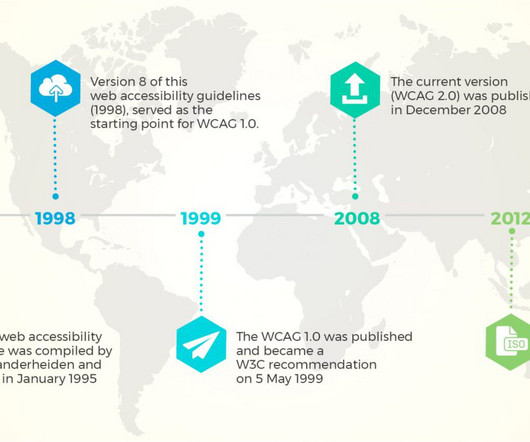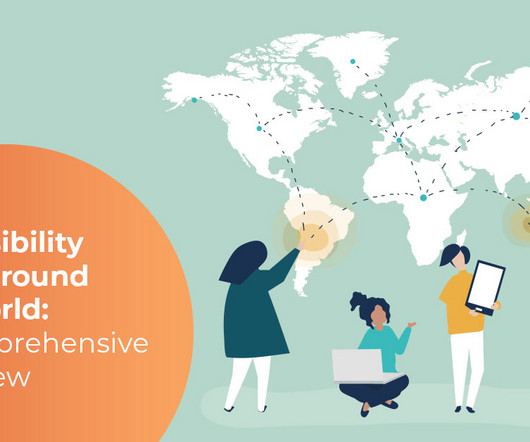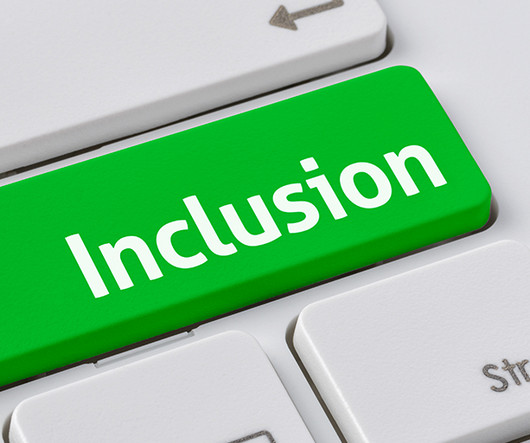What You Need to Know About WCAG Accessibility Compliance
Acorn Labs
JUNE 5, 2022
Cognitive/neurological disabilities, including learning difficulties, memory problems, distractibility and inability to focus on and process large quantities of information. In 2008, the W3C released its Web Content Accessibility Guidelines 2.0 – otherwise known as WCAG 2.0. compliance? compliance checklist. compliance.




































Let's personalize your content